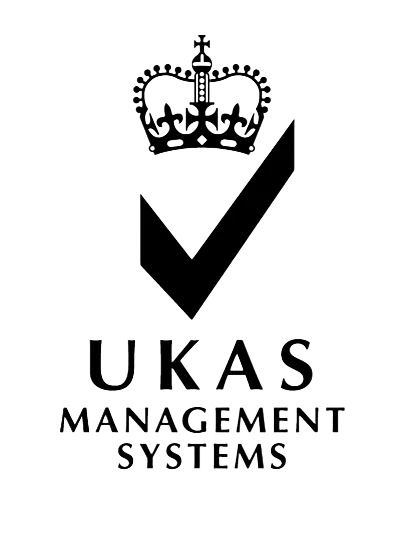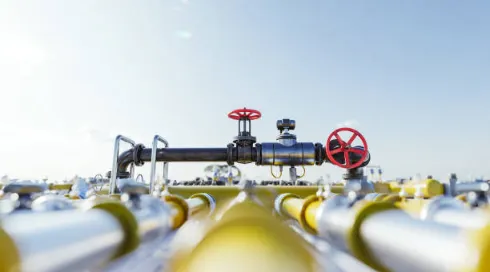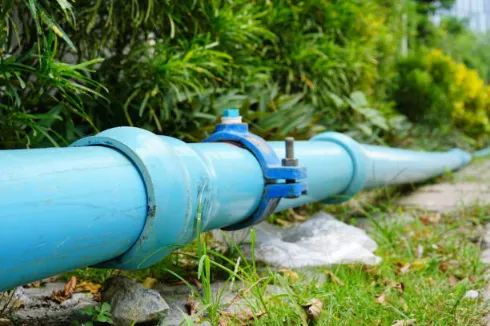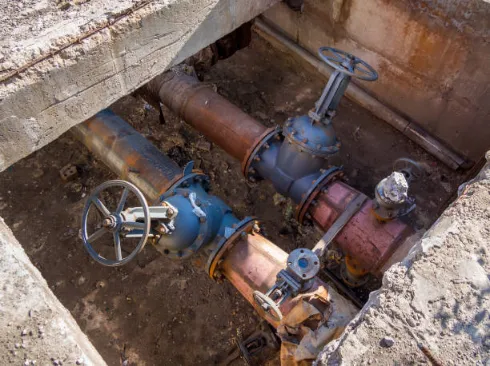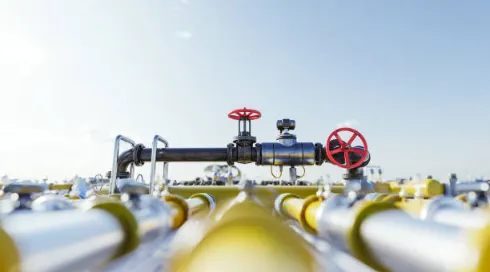
Introduction
Бөлшектеу буындары play a key role in industrial pipelines. These components connect pipes while allowing easy adjustments. Proper stress distribution keeps pipelines reliable. Poor management leads to fatigue and joint failure, causing leaks or system breakdowns.
Examining Stress in Dismantling Joints
What Causes Stress in Dismantling Joints?
Stress hits dismantling joints from various sources. Axial forces push or pull along the pipe’s length. Bending moments twist things out of shape. Pressure fluctuations inside the pipe add to the mix. Misalignment between connected pipes and equipment worsens it all. Think about a pump hooked up wrong; that slight offset builds up huge stresses over time.
In real setups, vibrations from nearby machines pile on. Ground settling shifts pipes too. It’s not just one thing, multiple factors team up. Ignoring them? That’s a recipe for trouble down the line.
Types of Stress Affecting Joints
Tensile stress stretches the material. Compressive stress squashes it. Shear stress slides parts against each other. Bending stress combines tension and compression on opposite sides.
Each type shows up differently. Tensile might crack flanşlar. Shear could loosen bolts. Bending often hits curved sections hardest. Spot these early, and you avoid big issues.
Common Failure Points in Dismantling Joints
Bolts and fasteners take a beating first. They corrode or fatigue from repeated loads. Flanges and gasket areas leak if stressed unevenly. The body and sealing components warp under pressure.
Gaskets, made from tough materials resistant to chemicals, still fail if not seated right. Leaks aren’t just messy, they pose safety risks. In one industrial plant, a overlooked bolt failure spilled fluids everywhere, halting operations for days. Stuff like that happens more than you’d think.
Design Factors Influencing Stress Distribution
Material Selection and Mechanical Properties
Choosing the right material matters a lot. Ductile iron handles shocks well. Carbon steel offers strength on a budget. Stainless steel fights corrosion in harsh environments.
Yield strength determines how much load it takes before deforming. Toughness absorbs impacts without breaking. Fatigue resistance keeps it going through cycles. Pick wrong, and the joint wears out fast.
Dismantling joints, often built with flanges and adapters, benefit from these properties. The flange moves into the adapter to adjust length, shortening or lengthening the joint. This setup absorbs stresses naturally.
Joint Geometry and Component Design
Flange thickness affects load spread. Bolt spacing ensures even pressure. Gasket compression seals tight without crushing.
One-piece designs simplify things but limit flexibility. Two-piece versions allow more movement. Either way, geometry dictates stress flow. Get it right, and stresses distribute evenly.
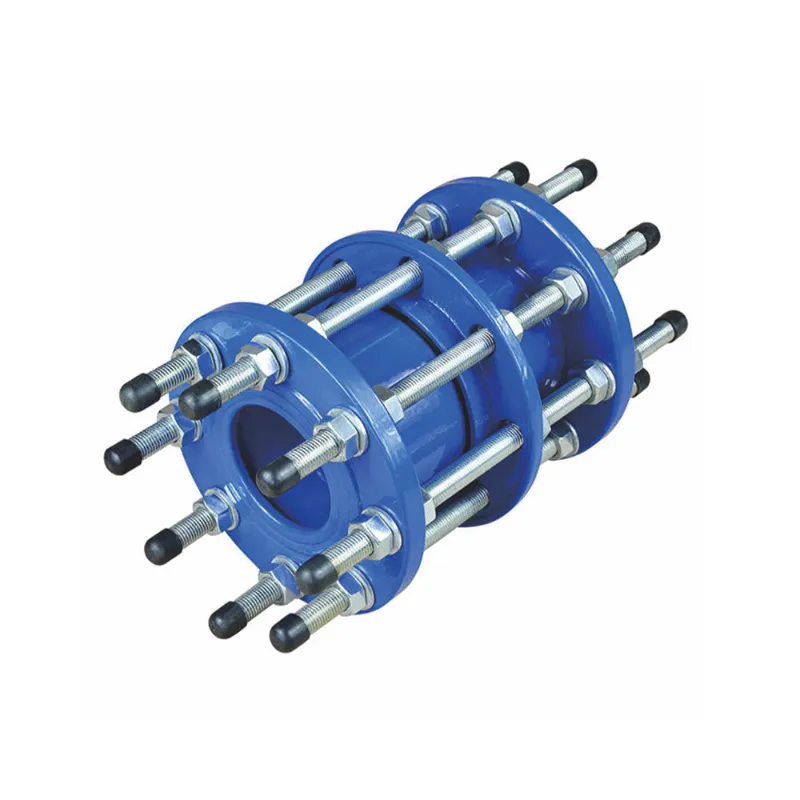
Axial Adjustment and Misalignment Compensation
Axial movement allowance cuts stress big time. Joints adjust lengthwise, fitting valves or pumps perfectly. This prevents forced alignments that spike tensions.
Proper installation keeps everything straight. Misalignment compensation built in absorbs shifts from temperature changes or vibrations. It’s like a buffer, keeping the system intact. Without it, pipes crack or joints fail prematurely.
Dismantling joints shine here. They make installing and removing valves easy. Adjust the length to create gaps for maintenance. No need to cut or weld pipes, that saves hours. Plus, they work with steel, PVC, or cast iron pipes, making them versatile for any setup.
Installation Best Practices to Minimize Stress
Tighten bolts with the right torque. Follow a star pattern sequence to spread load evenly. That avoids warping flanges.
Align pipes carefully. Keep gaps consistent between components. Use lasers or levels if needed, old-school string lines work too in a pinch.
Pick sealing materials that match the fluid. Lubricants ease assembly without galling threads. Skip these steps, and stresses concentrate in weak spots. One time, a crew rushed alignment on a water line; months later, vibrations cracked the joint. Lessons like that stick.
These practices tie into the advantages of dismantling joints. They’re easy to install and dismantle. Loosen bolts, and you’re in. No expert skills required, unlike welding. This flexibility adapts to shifts from heat or settling, reducing wear.
Maintenance and Monitoring
Routine Inspection for Stress-Related Wear
Check visually for cracks or corrosion. Non-destructive testing like ultrasound spots hidden flaws. Look for micro-cracking around bolts, these signal fatigue starting.
Do this regularly. Catch issues early, fix them cheap. Ignore? Failures escalate.
Predictive Maintenance Techniques
Sensors track pressure and vibration in real time. Data flags anomalies before they bite.
Replace high-risk parts on schedule. Bolts and gaskets wear out first. Monitoring extends life, cuts downtime.
Maintenance gets simpler with dismantling joints. Access pipes quickly for cleaning or checks. Reassemble fast, minimizing shutdowns. In production lines, every minute counts. These joints prevent leaks too, with quality gaskets forming tight seals against water, oil, or chemicals.
They offer cost savings long term. Lower initial costs than some fittings, plus reduced labor. No need for pros every time. Avoid pricey repairs from leaks or replacements. Expand systems easily too, add sections without tearing everything apart.
Case Studies / Real-World Examples
In a water treatment plant, proper stress management saved the day. They used dismantling joints with axial adjustments to handle pressure swings. No failures in years, despite heavy use. Alignment checks during install paid off.
Another scenario: an industrial plant learned hard lessons from misaligned joints. Vibrations from machines caused early fatigue. Bolts sheared, leading to leaks. After switching to better designs and monitoring, problems vanished. Real stories show how small tweaks prevent big headaches.
Dismantling joints proved key in both. Their design fills gaps when installing pumps to wall pipes. Adjust for perfect fit, no restrictions on flexible systems.
Қорытынды
Stress distribution keeps dismantling joints reliable. Prevent fatigue through smart design, installation, and maintenance. Materials and geometry play huge roles. Monitor routinely to catch wear.
Quality options like Конфлекция dismantling joints ensure solid performance in pipelines. Proactive steps maintain operations smooth. It all adds up to fewer failures and longer life.
Tez-tez verilən suallar
Q1: What is a dismantling joint?
A dismantling joint is a pipeline component made of a flange and adapter. It adjusts length to create gaps for installing or removing valves, pumps, or meters.
Q2: Why use dismantling joints in pipelines?
They make installation and removal easy, provide flexibility for movements, prevent leaks, and save costs on maintenance.
Q3: How do dismantling joints prevent leaks?
With high-quality gaskets resistant to chemicals and pressure, they form tight seals between pipes.
Q4: Are dismantling joints compatible with different materials?
Yes, they work with steel, PVC, cast iron, and more, ideal for new or upgrade projects.
Q5: What causes failure in dismantling joints?
Common culprits include axial forces, misalignment, pressure changes, and poor maintenance leading to fatigue.


